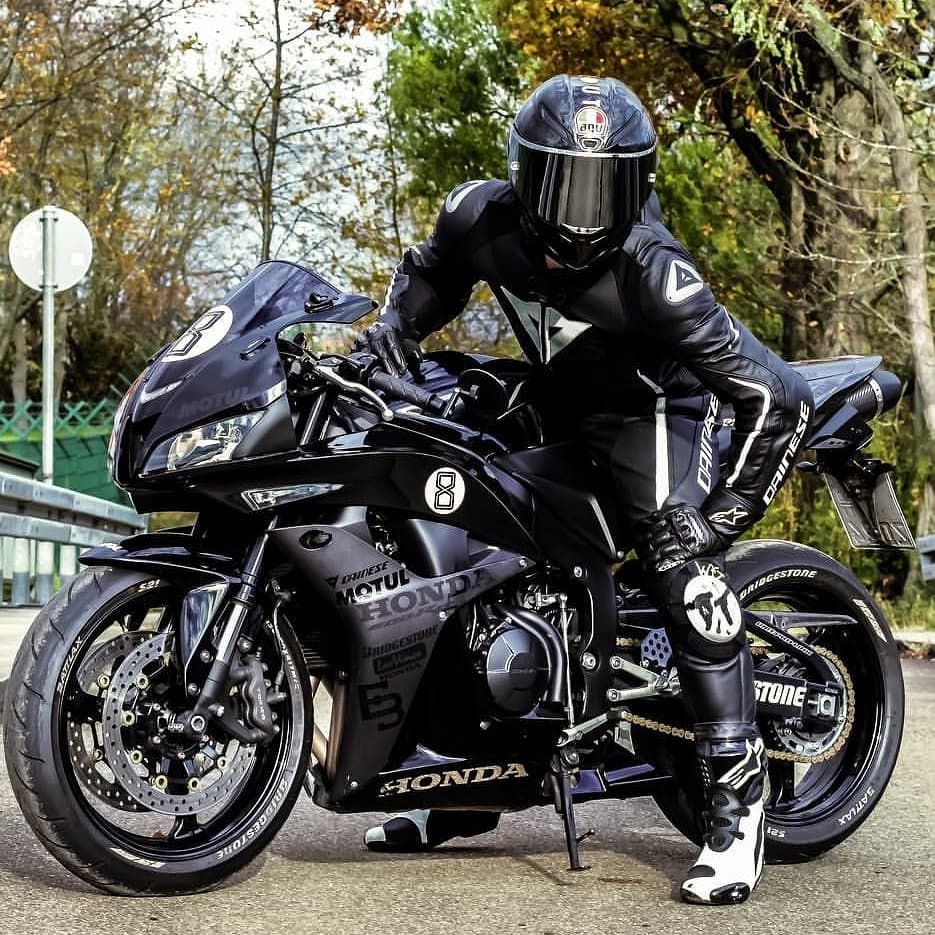Essential Supplies for Washing Your Yoga Mat
Before you begin the journey of deep cleaning your yoga mat, gathering the correct supplies is crucial. Here’s what you’ll need:
- Soft Cloth: Essential for gentle wiping. Microfiber cloths are highly recommended due to their softness and absorption qualities.
- Spray Bottle: Ideal for applying your homemade cleaning solution evenly across the mat’s surface.
- White Vinegar: Acts as a cleaning agent that also deodorizes. It has modest disinfectant properties.
- Mild Dish Soap: Helps in effectively removing oils and grime without damaging your mat.
- Tea Tree Oil: Optional, but a great addition for its pleasant scent and antimicrobial properties.
- Commercial Mat Wash: For those preferring a ready-made solution, various brands offer products specifically designed for yoga mats, like JadeYoga’s Mat Wash.
Each item serves a specific purpose in the cleaning process, ensuring that your mat is not only clean but also maintained in a condition that extends its life and usability.
Step-by-Step Routine Mat Cleaning Process
Keeping your yoga mat clean is simple with a step-by-step routine. Follow these stages to ensure a fresh and hygienic surface for your practice.
- Mix Your Solution: Start by combining equal parts water and white vinegar in a spray bottle. If you like, add five drops of tea tree oil for scent and extra antimicrobial properties.
- Spray the Mat: Lightly mist the surface of your mat with the cleaning mix. Ensure you cover the entire area.
- Wipe Gently: Use a soft cloth to wipe down the mat thoroughly. Microfiber cloths work well as they’re smooth and absorbent.
- Air Dry: Allow the yoga mat to dry completely in the air. Place it flat on the ground. It should take about 10 minutes to dry.
- Flip and Repeat: After drying one side, flip the mat over. Spray and wipe the other side following the same steps.
- Roll and Store: Once dry, roll up your yoga mat tightly. Keep it in a cool, dry area away from direct sunlight. UV rays can damage many yoga mat materials.
This process ensures your mat stays clean and lasts longer. Clean your mat at least every few uses to avoid the buildup of germs and odors.
How Often Should You Clean Your Yoga Mat?
How often should you wash your yoga mat? It depends on several factors. Consider how much you use it, where you use it, and whether you share it with others. Generally, a good rule is to give your mat a basic cleaning after every couple of uses. This keeps it fresh and helps uphold a sanitary practice area.
For those who practice yoga daily or have intense sessions, cleaning after each use is wise. Skin cells, oils, and sweat can quickly build up. This can create an environment where bacteria and fungi thrive.
If you attend group classes or workout in public spaces, a quick clean after every session is a must. Gyms and studios can host various germs like fungi and viruses. A fast wipe can significantly reduce the risk of transferring these pathogens.
Expert insights from Jana Long and Erica Whalen suggest routine wipe-downs maintain mat condition. They also promote a clean environment, crucial in shared spaces.
Individuals prone to skin infections should take extra care. Dr. Abigail Waldman emphasizes meticulous cleaning to prevent re-infection. She advises cleaning your mat thoroughly after each use, especially if you’ve experienced skin conditions in the past.
If you notice your mat gets dirty rapidly, introduce monthly spot-cleaning. This is aside from the regular cleaning to tackle those persistent grime areas.
Remember, it’s not about keeping your yoga mat sterile. Rather, it’s about practicing good hygiene to support your health. Erica Hartmann notes that while microbes are ubiquitous, you don’t need a sterile mat to stay healthy.
In conclusion, regular cleansing of your yoga mat serves multiple functions. It extends the life of the mat, prevents skin irritations, and maintains a pleasant yoga practice setting.
Manufacturer?s Guidelines: What You Need to Know Before Cleaning
Before diving into cleaning your yoga mat, consult the manufacturer’s guidelines first. These instructions can be crucial because different materials require different care approaches. Here’s a breakdown of what you should look for:
- Material Specifics: Identify your mat’s composition. Common materials include PVC, rubber, and TPE. Each reacts differently to various cleaning methods.
- Recommended Cleaners: The manufacturer may specify which cleaning agents are safe to use. Some mats can degrade if exposed to harsh chemicals.
- Water Temperature: Check if there is a recommended water temperature for cleaning your mat.
- Cleaning Frequency: Some manufacturers suggest how often you should clean the mat depending on usage.
- Avoidable Substances: Certain materials might be sensitive to oils, alcohol, or solvents. Knowing this helps prevent damage.
Following these guidelines not only keeps your yoga mat in good condition but also extends its lifespan, ensuring you get the most from your investment.
DIY vs. Commercial Mat Wash: Pros and Cons
When deciding between a DIY or commercial wash for your yoga mat, consider their benefits and drawbacks.
Pros of DIY Mat Wash
- Cost-Effectiveness: Making your solution is usually cheaper than buying a commercial wash.
- Customization: You can adjust the ingredients to suit your preferences and mat’s needs.
- Eco-Friendly: Homemade solutions can be more environmentally friendly with natural ingredients.
Cons of DIY Mat Wash
- Time-Consuming: It takes time to mix your own solution and find the right ratios.
- Effectiveness: Some DIY solutions may not be as powerful in sanitizing as commercial formulas.
- Risk of Damage: If not mixed correctly, DIY solutions can harm your mat over time.
Pros of Commercial Mat Wash
- Convenience: Commercial washes are ready to use and save time.
- Consistency: They provide a consistent result each time you clean.
- Formulated for Mats: These products are specifically made for yoga mats and often tested for safety on different materials.
Cons of Commercial Mat Wash
- Cost: They can be more expensive than DIY options.
- Chemicals: Some may contain harsh chemicals that are not eco-friendly or could be harmful if inhaled or absorbed through the skin.
- Allergies: Commercial washes may contain ingredients that trigger allergic reactions in some people.
Ultimately, your choice should be informed by your individual needs, preferences, and the type of yoga mat you own. Always check the manufacturer’s guidelines before using any wash to ensure it’s suitable for your mat.
Tips for Spot-Cleaning Your Yoga Mat
Spot-cleaning can target areas on your mat that need extra attention. Here are quick tips to help:
- Identify Stubborn Stains: Look for spots with dirt, sweat marks, or footprints.
- Prepare Solution: Mix warm water with a few drops of mild dish soap in a spray bottle.
- Apply Sparingly: Spray the blend on dirty spots, not the whole mat. Too much can leave residue.
- Gentle Scrubbing: Use a soft cloth to rub gently on the stains. Avoid rough materials that might damage the mat.
- Rinse: After scrubbing, wipe over with a damp cloth to get rid of soap suds.
- Dry Completely: Let the mat air-dry before rolling it up. Ensure it’s fully dry to prevent mold.
Tough stains might need light soaking or multiple cleaning sessions. Don’t use harsh brushes or wires that could tear your mat. Gentle care keeps your mat in prime condition for longer. Remember, the type of mat you have may require specific cleaning agents, so check those manufacturer guidelines to avoid damage.
Guide to Deep Cleaning a Grimy Yoga Mat
When your yoga mat needs more than a spot clean, a deep clean might be in order. Here’s how to do it:
- Soak Your Mat: Fill up a tub with water and add a teaspoon of mild dish soap.
- Submerge Your Mat: Place your yoga mat in the soapy water and let it sit for five minutes. This helps loosen dirt.
- Scrub Gently: With a soft cloth, gently go over the entire yoga mat. Spend more time on grimy areas.
- Rinse Well: After scrubbing, rinse your mat with water until the soap is completely washed off.
- Squeeze Out Water: Carefully press out excess water without twisting your mat, which can cause damage.
- Air Dry: Allow your mat to air out until it’s totally dry. Avoid direct sunlight when drying.
Deep cleaning should only be done occasionally. Always check your mat’s instructions from the manufacturer before starting. This will help prevent any mishandling. Deep cleaning helps eliminate odors and buildup that a regular wash might miss. Just ensure to be gentle during the process to keep your mat in good shape.
The Do’s and Don’ts of Mat Storage After Washing
After you wash yoga mat, proper storage is key. Here are some do’s and don’ts to follow.
Do’s for Mat Storage:
- Let It Dry Completely: Make sure your mat is fully dry before storing.
- Roll It Up Tightly: This helps maintain its shape and prevents creases.
- Stand It Upright: If space allows, store your mat standing to keep it straight and even.
- Keep It Cool and Dry: Choose a storage space away from moisture to prevent mold.
- Avoid Direct Sunlight: Sun can fade and deteriorate your mat’s material.
Don’ts for Mat Storage:
- Store It While Damp: This can cause mold and mildew to grow.
- Fold It: Folding could create permanent creases and damage the mat.
- Expose It to Heat: High temperatures might warp or melt certain mat materials.
- Stack Heavy Items on Top: This could squash the mat and affect its cushioning.
- Store Near Sharp Objects: Sharp items could scratch or cut the mat’s surface.
Following these tips ensures your yoga mat remains clean, intact, and ready for your next session. Avoid storage mistakes that can shorten your mat’s lifespan. Store your mat correctly after washing it to maintain its quality and hygiene.






































